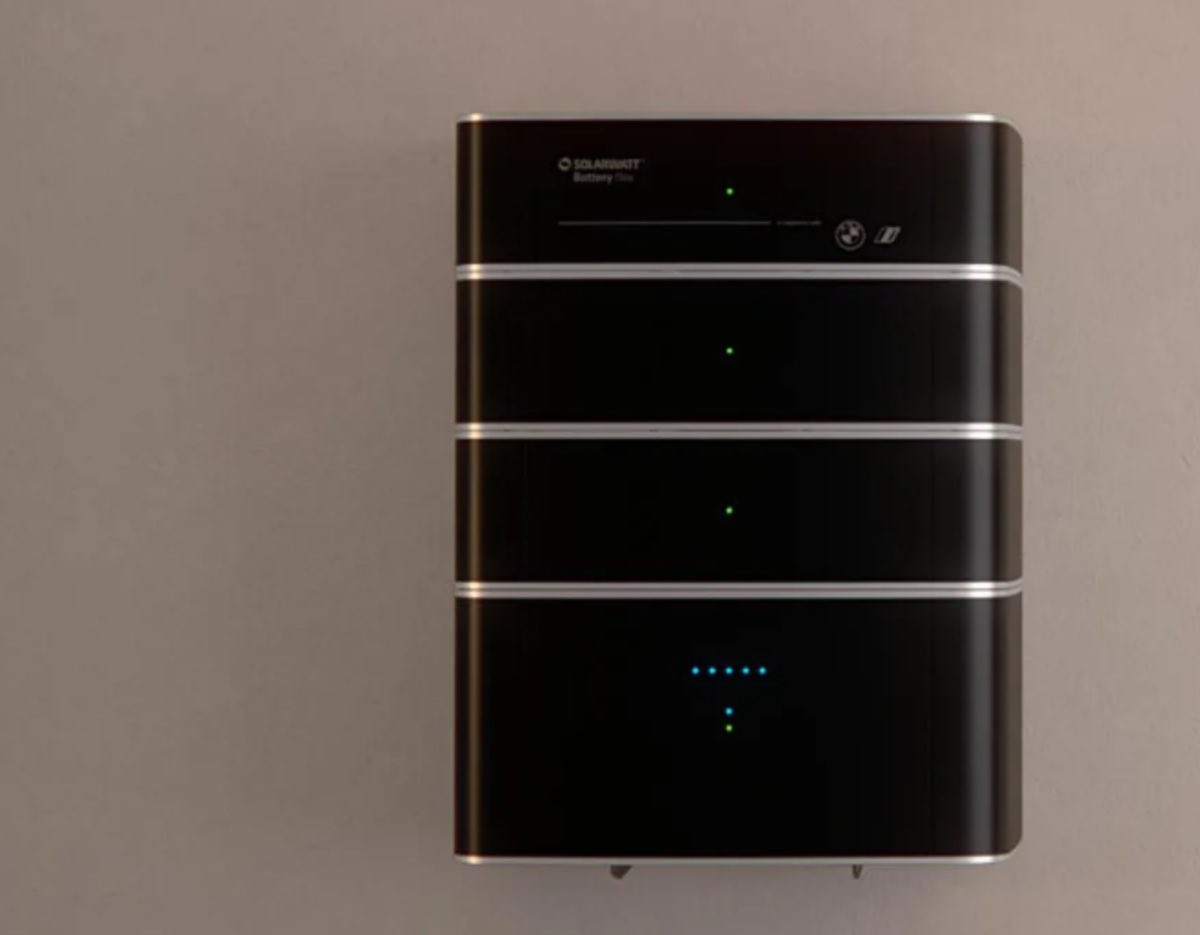

Queensland energy minister Mick de Brenni says the results of new statewide household energy survey have shown a doubling of participants claiming to have installed home battery storage.
In a presentation to the Smart Energy Queensland State Summit, hosted by the Smart Energy Council on Tuesday, de Brenni previewed some of the findings of the survey ahead of its release later this week.
The minister said the survey of just under 4,500 Queensland households had shown that demand for rooftop solar in the Sunshine State, which has so far notched up more than 3,500MW of solar across 650,000 rooftops, was still on the rise.
But he added that the number that he “really loved to see” was that which reflected a significant increase in the uptake of home battery storage in the state, compared to 2020.
“What the results show… is the number of survey participants with residential battery storage has doubled,” de Brenni said.
“Queenslanders are now world leaders when it comes to renewable energy uptake, we have more rooftops, per capita, with solar installations than anywhere else. And it’s terrific to see the uptake of household battery systems are reducing grid reliance and, of course, slashing bills.”
Exactly what these figures look like will be revealed when the full results of the survey are released, later this week. But it’s worth noting that according to data put together by SunWiz earlier this year, Queensland had hit a bit of a lull in home battery uptake in 2020.
Citing data from the Clean Energy Regulator, balanced against other data sources, SunWiz said Queensland’s home battery uptake had fallen back to 2018 levels in 2020, marking a 68% decrease in installations.
The CER data showed that South Australia had the most amount of battery systems installed across the year at 9,100, Victoria was second at 7800, NSW third at 7660 and Queensland much lower at 2990, followed only by Western Australia at 2245.
It’s also worth noting that solid data on home battery installations is not easy to come by. As SunWiz explained in its report in March, the CER publishes data on the volume of installations that declare they are installing a battery system when installing a solar system.
“This self-reporting is neither complete, nor accurate. It certainly doesn’t capture retrofit batteries (~20% of the market). And self-reporting on the CER STC form isn’t an accurate indicator of an actual installation,” the report notes.
AEMO’s DER Register, meanwhile, which kicked in at the start of 2020, uses data pulled together from all distributed network service providers (DNSPs) in the NEM, and has acknowledged that the DNSPs didn’t have a complete record of the number of batteries in their network, with quite a range of differing accuracy/completeness.
All of this taken into account, SunWiz has estimated that Australian households led the installation of more than 31,000 battery energy storage systems around the country in 2020, a 20 per cent jump on total numbers in 2019, despite – or perhaps because of – the impact of Covid-19.
Sophie is editor of One Step Off The Grid and deputy editor of its sister site, Renew Economy. Sophie has been writing about clean energy for more than a decade.
This post was published on July 20, 2021 1:16 pm
Chinese solar manufacturer sets yet another efficiency world record, this time for its crystalline silicon-perovskite…
OpenSolar's Sophie Wright on the mission to streamline solar businesses so that more money and…
The federal electorate of Calare sits at the heart of Australia’s energy transition. Independent candidate…
A groundbreaking retail electricity trial is offering to pay customers to curtail their rooftop solar…
Nigel Hancock from community energy group Pingala explains how solar gardens work and whether the…
Albanese government invests another $50.2 million to get solar, energy efficiency and electrification into social…